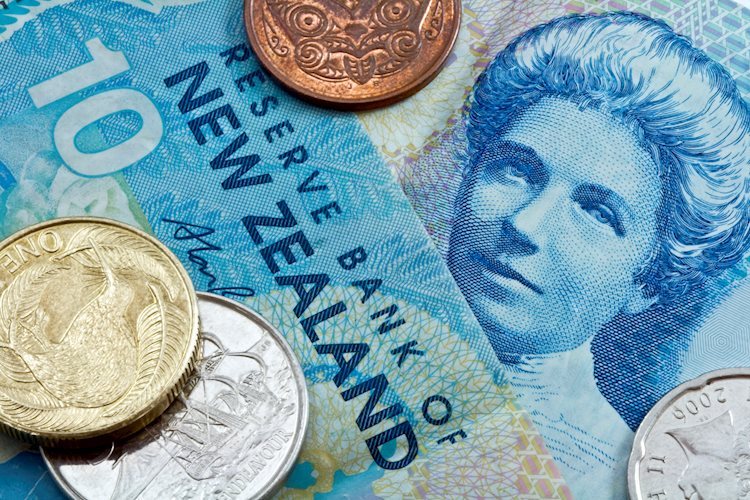The NZD/USD pair has surged to a nine-month high of 0.6355 on Wednesday, with the New Zealand Dollar gaining ground due to fresh monetary stimulus from China, its largest export partner. The People’s Bank of China announced a reduction in the reserve requirement ratio and other measures to boost the economy, leading to a stronger outlook for foreign currency inflows to New Zealand. Additionally, support from the Reserve Bank of Australia, which kept interest rates steady, has also lifted the Kiwi Dollar.
On the other hand, the US Dollar has been under pressure following weaker consumer confidence data released on Tuesday. The US Consumer Confidence Index fell to 98.7 in September, signaling a decline in sentiment and adding to dovish expectations for the Federal Reserve. Federal Reserve Governor Michelle Bowman expressed caution regarding interest rate cuts despite high inflation, advocating for a more conventional approach to policy decisions.
The New Zealand Dollar, also known as the Kiwi, is influenced by various factors, including the Chinese economy, which is New Zealand’s largest trading partner. Changes in dairy prices, as dairy is a major export for New Zealand, also impact the NZD. The Reserve Bank of New Zealand aims to maintain inflation between 1% and 3%, with interest rate adjustments affecting the currency’s value. Macroeconomic data releases and market sentiment also play a role in determining the strength of the NZD.
In terms of trading, the NZD/USD pair can be influenced by the rate differential between New Zealand and the US, as well as economic indicators from both countries. A strong New Zealand economy with high growth and low unemployment is positive for the NZD, while uncertainties or market turbulence can lead to a depreciation of the currency. Overall, the NZD tends to strengthen during risk-on periods when investors are optimistic about growth and commodity prices.
In conclusion, the NZD/USD pair has reached a nine-month high driven by monetary stimulus from China and support from the Reserve Bank of Australia. The US Dollar, on the other hand, is facing pressure from weaker consumer confidence data and dovish expectations for the Federal Reserve. The New Zealand Dollar is influenced by various factors, including the Chinese economy, dairy prices, interest rate differentials, and market sentiment. Trading the NZD/USD pair requires monitoring economic indicators and global market trends to make informed decisions.





















